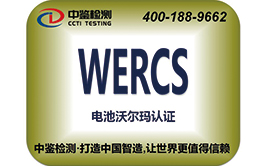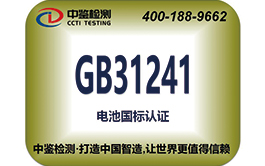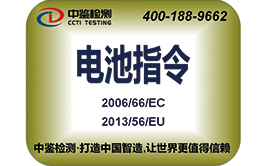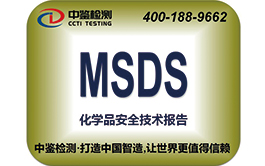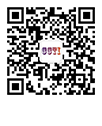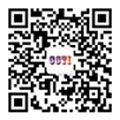SERVICE
IEC62133 certification
1. Standard use scope and definition of terminology
IEC 62133 specifies the safety requirements for portable sealed secondary cells or batteries (excluding coin cells) containing alkaline or non-acid electrolytes for intended use or reasonably foreseeable misuse. The rechargeable nickel-cadmium, nickel-metal hydride, lithium-ion and lithium-polymer batteries that we use in portable electronic and electrical products such as cell phones, MP3/MP4, cameras, and notebook computers are within the scope of this standard. The standard defines the key terms importantly, such as intended use, reasonably foreseeable misuse, secondary IEC62133ll, secondary battery. )and many more. Finally, in order to ensure the reproducibility and consistency of the test data, the parameter measurement tolerance is also specified in this standard. The total accuracy of the control or measurement value involves the specified or actual parameters should be within the following tolerances: the voltage is ± 1%; current is ±1%; temperature is ±2 °C; time is ±0,1%; size is ±1%; capacity is ±1%. These tolerances include the combined accuracy of the test instrument, measurement techniques, and other errors in the test procedure.
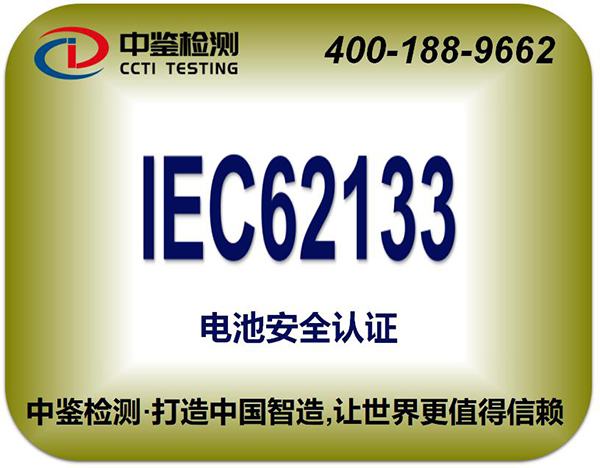
2. General security considerations
The second chapter of the standard provides a detailed explanation of the general safety considerations of cells and batteries, and takes into account that both the cell and the battery should be safe under both expected and reasonably foreseeable misuse conditions. . That is, the battery or battery may fail when it is misused, but it should not have obvious harm; and the battery or battery should not only be safe when it is expected to be used, but also can continue to function in all aspects. The potential hazards considered in this standard mainly include: fire, explosion, battery electrolyte leakage, gas leakage, combustion caused by excessive external temperature, and cracking of the battery casing exposing internal components.
3. Type test
Chapter 3 specifies the conditions and sample quantity requirements for type testing. Each test is tested with three or five sets of cells or batteries, and each test requires a new sample. In order to ensure the consistency of the test, the test cell and battery samples are manufactured for no more than three months. The test was carried out at an ambient temperature of 20 ± 5 ° C unless otherwise specified.
4. Test requirements and conditions
A total of 14 tests were listed, with 4 tests under expected conditions and 11 tests under reasonable and foreseeable misuse conditions. Among them, there are 12 items for nickel and lithium batteries/batteries, 4 items for expected use conditions, and 9 items for reasonable and foreseeable misuse conditions. Prior to charging the sample according to Section 4.1, the battery is discharged at a constant current of 20 ± 5 ° C, 0.2 It to the specified termination voltage, and then charged at 20 ± 5 ° C using the manufacturer's claimed charging method (unless standard There are other regulations).
The “Hot Abuse Test” in Section 4.3.2 requires that a fully charged cell be stabilized at room temperature and placed in a natural or circulating air convection oven. The incubator was heated to 130 ± 2 °C at a rate of 5 ± 2 ° C / min. Maintain this temperature, stop the test after 10 minutes, and judge that the standard is no fire or explosion. This test section considers whether the cell will be internally short-circuited due to shrinkage of the diaphragm at extremely high temperatures, resulting in a fire or explosion due to excessive internal temperatures. This test is a test in both UL 1642 and JIS C 8714, and the test conditions are approximately the same.
The "squeeze test" of Section 4.3.6 is the case where the simulated cell is subjected to intense extrusion (for example, in a waste extruder). This test requires a fully charged cell to be squeezed between two planes, with a 13 ± 1 kN squeeze applied by the hydraulic cylinder. Extrusion is performed in a manner that causes unfavorable results, and once the squeezing force is reached or the cell voltage drops to one-third of the initial voltage, the pressure is released. Cylindrical and square cells shall be tested so that their longitudinal direction is parallel to the extrusion plane. Both sides of the square cell shall be subjected to extrusion. The second group of cells shall be rotated 90° around the long axis of the above test. Extrusion test. The criterion is that it does not ignite or explode. In this test, most of the failure of the cell was caused by an internal short circuit during the extrusion process, which caused the internal temperature to be too high and caused a fire. This test is a test in both UL 1642 and JIS C 8714, and the test conditions are basically the same.
The “cell overcharge test” in Section 4.3.9 requires that the battery be operated at a rate of 0.2 It according to IEC 61960 “Secondary cells and batteries containing alkaline or non-acid electrolytes – portable secondary lithium batteries and batteries”. Discharge to the cut-off voltage, then charge the battery with a charging current of less than 10 V to the manufacturer's recommended charging current Irec for 2.5 C5/Irech hours. The standard of judgment is that it does not ignite or explode. This means overcharging a cell that has no charging voltage limit. Since lithium batteries basically do not have any protective components, they must rely on their own design (such as flame-resistant materials, good air leakage design) to combat over-voltage charging. It is a rather harsh test and is currently the test of the failure rate in the entire standard. .
The current version of IEC 62133 is Ed.1.0, which was developed by the IEC Technical Committee TC 21 (Secondary Cell and Battery) under Technical Committee TC 21A (secondary cells and batteries containing alkaline and non-acid electrolytes). It was officially promulgated in October 2002. The standard is broadly divided into seven chapters: the scope and nouns to which the standard applies.
The tests required for lithium battery cells include:
1) continuous low-rate charging; 2) vibration; 3) high-temperature molding test; 4) temperature cycling; 5) external disconnection; 6) free fall; 7) mechanical impact; 8) thermal abuse; 9) compression of the cell; ) low air pressure test; 11) overcharge; 12) forced discharge; 13) protection against high charge rate cell protection;
IEC62133 test cycle:
In general, it is 12-15 working days.
IEC62133 preparation materials:
1. Battery specification
2. There are 25 batteries and 53 batteries. If it is finished, it will provide 53 batteries and 21 finished products.
Application process for IEC 62133 test
1. Send battery specifications
2. Confirm the quotation
3. Fill in the application form
4. Issue a quotation after receiving the application form
5. Send samples: 28 batteries, 37 batteries
6. Payment
7. Receive application form, battery specification, sample and payment, open test
8. After the test is completed, the IEC62133 test report is issued.
Shenzhen CCTI Technology Co., LTD. (English abbreviation: CCTI TEST, Chinese abbreviation: Zhongjian Testing) is an excellent new testing and certification organization, which can provide battery CE certification, battery KC certification, battery FCC certification, battery instruction, battery PSE Certification, battery CB certification, battery BSMI certification, battery UN38.3 certification, battery MSDS report, EN62133 test, GB18287, RoHS certification, REACH certification, battery quality inspection report, mobile power quality inspection report.
Create China's wisdom and make the world more trustworthy! Zhongjian Testing, focusing on global international certification, is an authoritative testing institution worthy of trust and trust!

